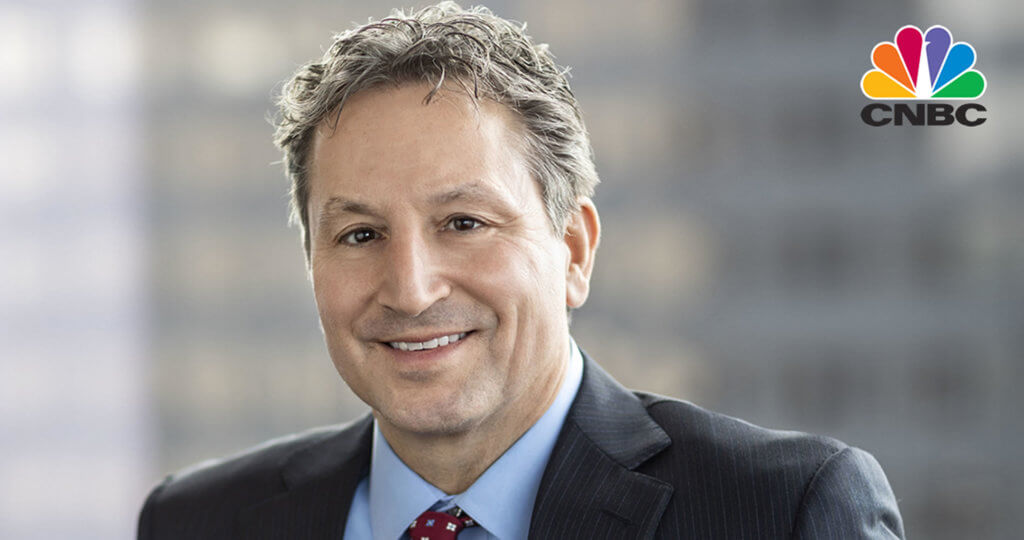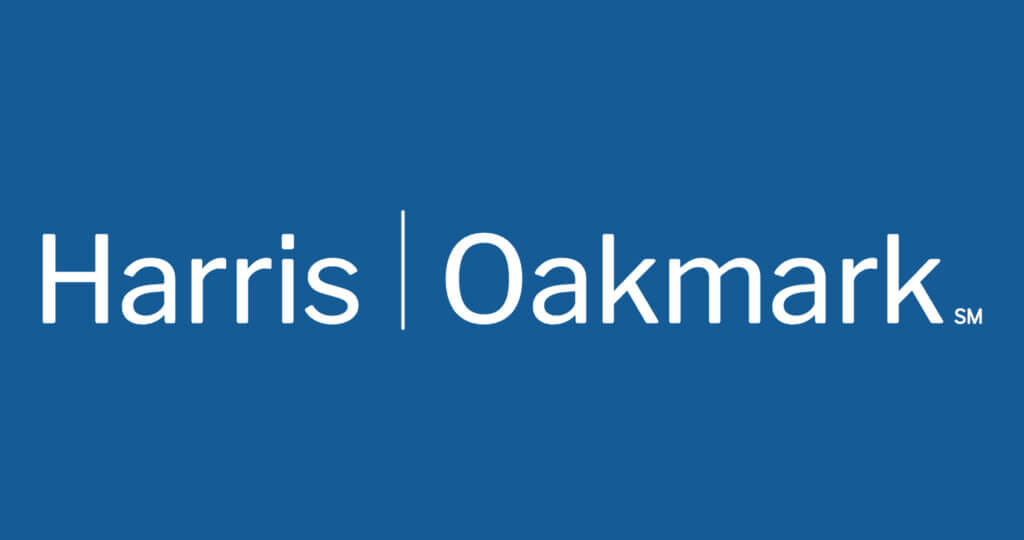Oakmark International Fund – Investor Class
Average Annual Total Returns 09/30/17
Since Inception 09/30/92 10.40%
10-year 6.18%
5-year 12.87%
1-year 34.88%
3-month 9.10%
Gross Expense Ratio as of 09/30/16 was 1.00%
Past performance is no guarantee of future results. The performance data quoted represents past performance. Current performance may be lower or higher than the performance data quoted. The investment return and principal value vary so that an investor’s shares when redeemed may be worth more or less than the original cost. The To obtain the most recent month-end performance data, view it here.
The Oakmark International Fund returned 34.9% for the fiscal year ended September 30, 2017, outperforming the MSCI World ex U.S. Index, which returned just over 18.7%. For the most recent quarter, the Fund outperformed the MSCI World ex U.S. Index, returning 9.1% versus 5.6%. Additionally, the Fund has performed well versus the MSCI World ex U.S. Index since its September 1992 inception, returning an average of 10.4% versus 6.2% over the same period.
Glencore, one of the world’s largest mining companies and commodities traders, was the top contributor to performance for the fiscal period and the most recent quarter. The company’s first-half earnings were largely in line with our expectations and showed a significant improvement with a 58% increase in EBITDA and 334% increase in EBIT year-over-year. Notably, the company’s industrial business has shown dramatic improvement thanks to the combination of higher commodity prices and continued cost control measures. During the quarter, Glencore, in conjunction with Yancoal, announced the acquisition of the Hunter Valley Operations coal assets in Australia. The assets are a great complement to Glencore’s existing assets in the region. This transaction will boost Glencore’s production of high-quality thermal coal and, more importantly, there should be significant operational synergies. As a result, we believe this transaction is attractive both strategically and financially and that Glencore remains an attractive investment opportunity for our shareholders.
WPP, a leading global advertising agency, was the largest detractor from performance for the fiscal year and most recent quarter. WPP’s fiscal first-half earnings fell short of market forecasts. The shortfall was driven by lower than projected like-for-like sales across segments. Profits before tax and earnings per share were also less than investors expected. Some of the factors that hurt WPP’s performance were account losses during the Mediapalooza event, exposure to developed market multinationals that have reduced advertising spending and digital revenues that are growing slower than those at Internet giants in the U.S. and China. Although management is expecting business to gradually improve in the second half of the year, the company lowered its full-year net sales organic growth guidance to a range of zero to +1% from the prior +2% growth prediction. However, this adjustment did not surprise us, as our growth estimates were closer to management’s revised outlook.
Although WPP may face some very near-term challenges, we believe this investment will build shareholder value in the long term. WPP offers its clients an integrated marketing team, composed of members from different areas of specialty across the firm, which has proven successful in recent years, and revenues attributed to this methodology have grown. Furthermore, the net worth of the company’s founder and CEO Sir Martin Sorrell is driven by his share ownership in WPP. Subsequently, he has a vested interest in growing shareholder value. Along with Sorrell’s ongoing focus on expanding operating margins, he has anticipated important industry changes, such as the move to digital advertising and the increasing importance of emerging markets. For many reasons, therefore, our investment thesis for WPP is intact, and we took advantage of its recent share price weakness to increase our position.
During the quarter, we sold our position in Prada and purchased shares of Liberty Global. Liberty Global is made up of various cable assets in Europe and is the largest cable operator in the region. Liberty’s key assets consist of Virgin Media (U.K.), Unity Media (Germany), Telenet (Belgium), UPC (Switzerland) and Ziggo (Netherlands). In each of these markets, Liberty offers broadband, television, fixed voice and mobile services.
Geographically, we ended the quarter with approximately 83% of our holdings in the U.K. and Europe, 11% in Asia, 3% in Australia, 2% in the U.S. and 1% in Mexico.
We continue to believe some currencies are overvalued. As of quarter end, approximately 15% of the Swiss franc exposure was hedged.
We thank you, our shareholders, for your continued support and confidence.
The securities mentioned above comprise the following percentages of the Oakmark International Fund’s total net assets as of 09/30/17: Glencore 3.9%, Yancoal 0%, Hunter Valley Operations 0%, WPP 2.2%, Prada 0%, and Liberty Global, Class A 0.5% and Liberty Global, Class C 1.1%. Portfolio holdings are subject to change without notice and are not intended as recommendations of individual stocks.
The MSCI World ex U.S. Index (Net) is a free float-adjusted, market capitalization-weighted index that is designed to measure the equity market performance of developed markets, excluding the U.S. This benchmark calculates reinvested dividends net of withholding taxes using Luxembourg tax rates. This index is unmanaged and investors cannot invest directly in this index.
EBITDA refers to Earnings Before the deduction of payments for Interest, Taxes, Depreciation and Amortization which is a measure of operating income.
The Fund’s portfolio tends to be invested in a relatively small number of stocks. As a result, the appreciation or depreciation of any one security held by the Fund will have a greater impact on the Fund’s net asset value than it would if the Fund invested in a larger number of securities. Although that strategy has the potential to generate attractive returns over time, it also increases the Fund’s volatility.
The percentages of hedge exposure for each foreign currency are calculated by dividing the market value of all same-currency forward contracts by the market value of the underlying equity exposure to that currency.
Investing in foreign securities presents risks that in some ways may be greater than U.S. investments. Those risks include: currency fluctuation; different regulation, accounting standards, trading practices and levels of available information; generally higher transaction costs; and political risks.
The discussion of the Fund’s investments and investment strategy (including current investment themes, the portfolio managers’ research and investment process, and portfolio characteristics) represents the Fund’s investments and the views of the portfolio managers and Harris Associates L.P., the Fund’s investment adviser, at the time of this letter, and are subject to change without notice.
All information provided is as of 09/30/17 unless otherwise specified.






